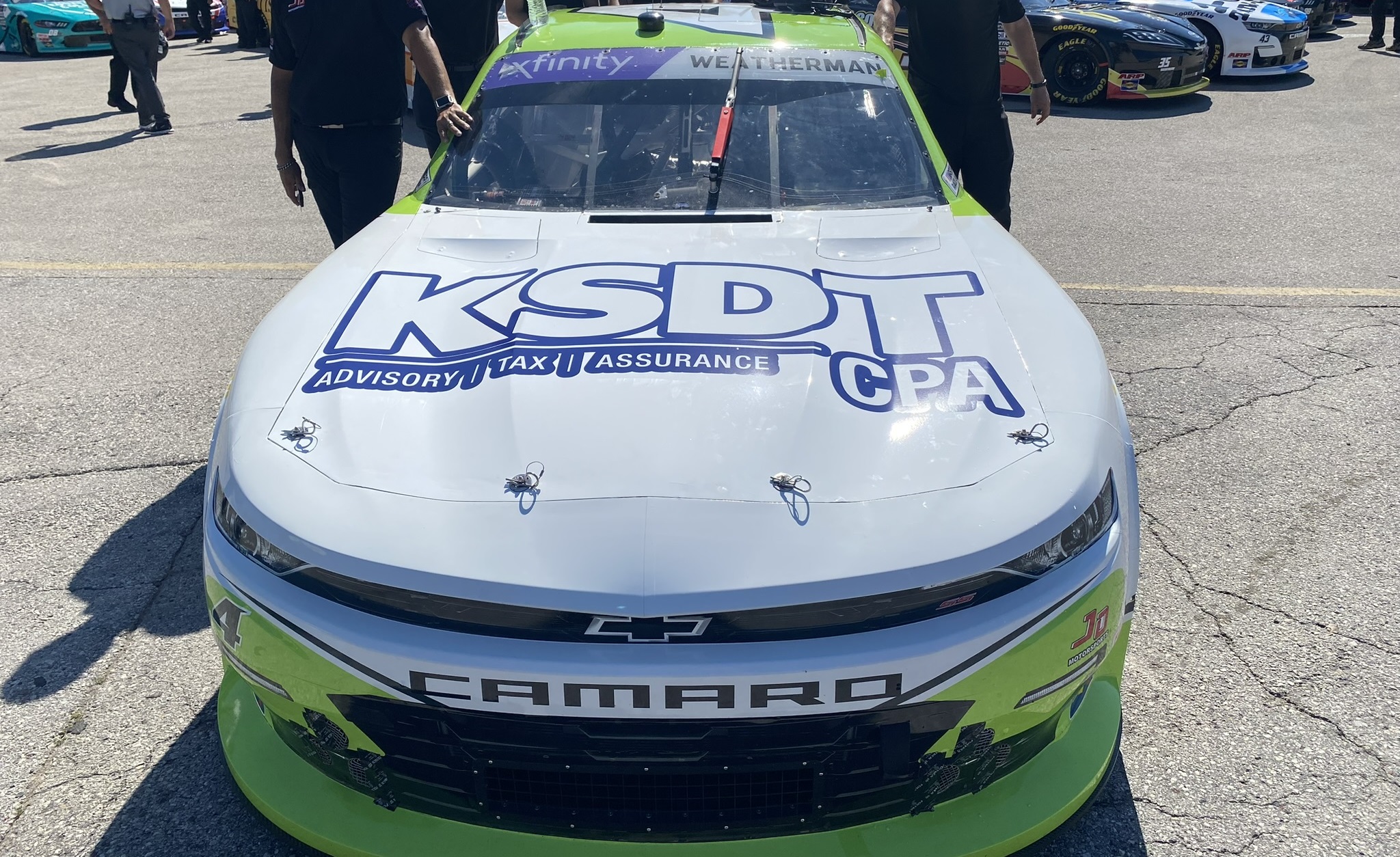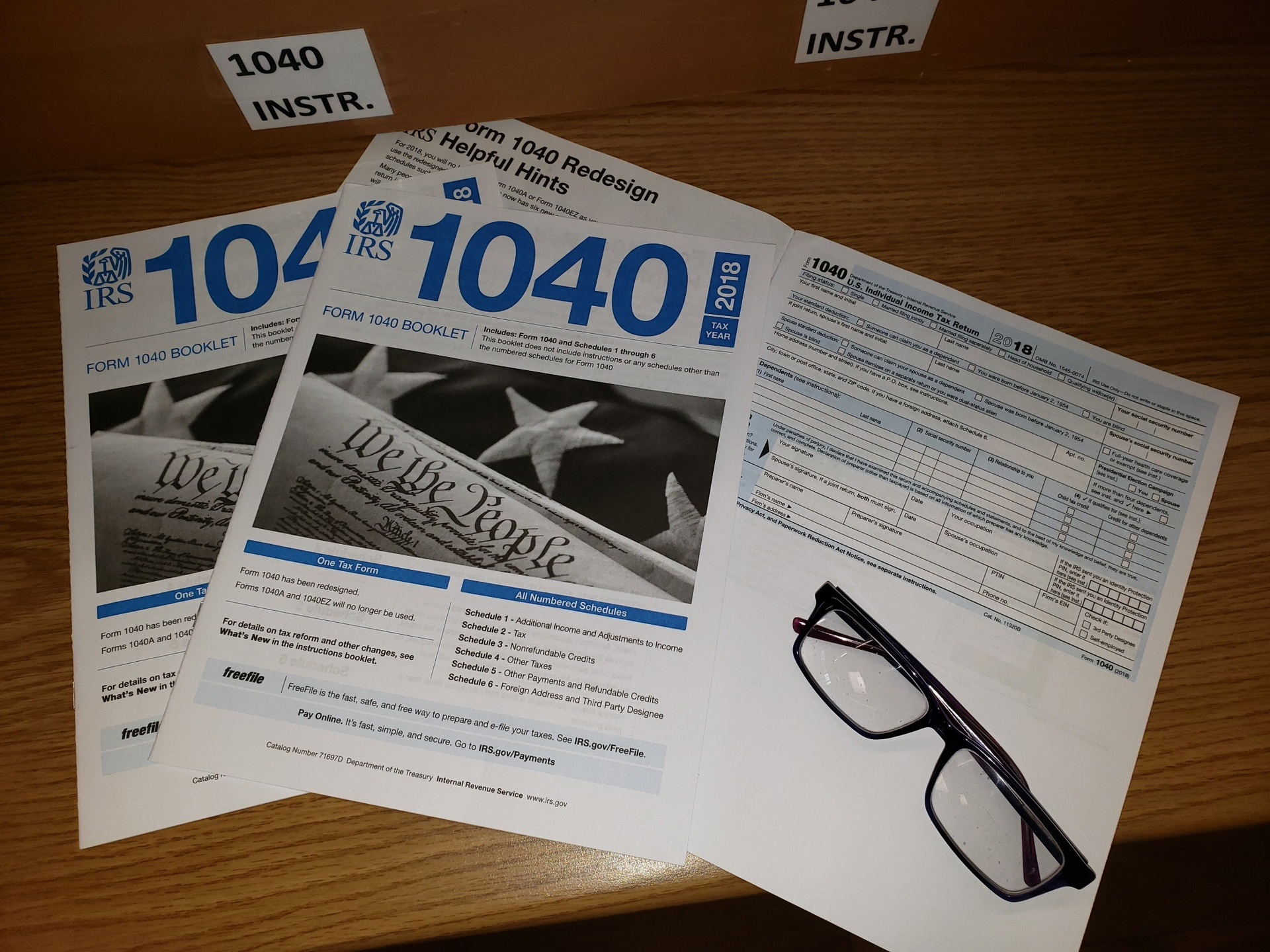From the April/May 2010 Issue
Now that I have your attention, let me explain my rhetorical question. One
of the topics covered in this issue is about accounting products and how to
select the one that works best for you and your clients. While there are many
things to consider, I would add the following: Does the accounting package allow
your data to stay alive or does it just sit there like a wet noodle, dead on
arrival?
Accounting, by nature, is historical and data driven. The recognized “Father
of Accounting” was an Italian monk, Luca Pacioli. Pacioli taught accounting
to the merchants of Venice, but he was more at home with and interested in math.
In fact, one of his students was Leonardo da Vinci. Most of our accounting principles
came from one chapter in a treatise on mathematics from 1494. Clearly, our roots
in accounting are a bit more scientific than we may have realized and are prone
to be numbers focused. Unfortunately, as we have all probably learned by now,
“lying with numbers” is a possibility that happens all too often.
When you just look at the numbers, you are missing the bigger picture. As
an entrepreneur, I feel that the transaction view is not complete unless you
have an “end-to-end” view of what makes up the transaction —
the story behind the numbers. For example, knowing that you paid ABC Incorporated
last month is interesting, but what about the contract for ABC Incorporated,
all the bills/invoices you have ever received from them, all the cleared check
images from them and the notes of yellow stickies with comments and directives
attached to those bills. All of that information is part of the transaction
— the notes, documents, payments and history. Just looking at the numbers
is like not seeing the forest for the trees.
Speaking of trees, try this analogy on for size. We have a family tree on
my dad’s side that goes back to 1500. When I first looked at the tree,
I saw lots of names that didn’t mean that much to me. But when I started
to read the story along with the tree, it became far more interesting. And when
I got to the last 100 years and had pictures, letters and videos, I got a much
better sense of what the tree means. The tree in and of itself is like the data
in a typical GL package — interesting but not complete or “alive.”
But if you add the stories, the pictures and the videos you get a much more
complete picture of the data and the corresponding transaction.
The last 10 years of my career have pointed out to me that the processes behind
the accounting transactions are as important as the record of the transaction.
To date, accounting software has been focused more on the record and not the
process. All of that is changing with the growing adoption of web-based services.
As you evaluate your accounting software solutions, you might want to consider
the following:
- Does the accounting product seamlessly incorporate the supporting
documents? I can’t tell you how many times I have drilled down
on a P&L only to be stumped when I got to the original transaction and
wasn’t able to see the actual invoice or supporting contract. Ideally,
you should get the documents into your solution with an email, fax or scan
from you or your vendors/customers. - How connected is the accounting software to your bank? More
and more information is getting to the point of being just a click away from
your bank. When a vendor calls and asks if you have paid them, it is handy
to know the date that the check cleared. Or if a customer says they paid,
it’s pretty useful to know the date the deposit hit your account. Given
the fast moving pace of online banking, this should be a given in any application
considered. - How well does the product allow collaboration between you and your
clients? Accounting and the processes surrounding the books are an
iterative and collaborative process. All the comments, approvals, denials
and questions should be attached to your transaction forever. You never know
when you’ll be curious about the details and not have the same folks
on the job to ask. - Does the product leverage dashboards that you can customize?
We all know that there are basic dashboard items such as cash flow that every
business needs, but we also know that every business has its own buttons.
The advent of dashboards enables you to customize what your clients and businesses
need to run their business. These simple tools give the business owner what
they need at a glance and will make them thank you over and over. - Finally, in the age of going mobile, how web-centric is the application?
Increasingly, the web is extending the boundaries of work. As many in the
valley say, “The noose is looser, but the leash is longer.” I
know that today I enjoy more flexibility in where I work than my father or
grandfather ever imagined. But I also have the ability to (and do) work all
the time from wherever I am. Being able to access my accounting processes
from my mobile phone empowers me to chase down that partner or watch the kids
perform in a school performance without missing a beat. Combine this flexibility
with the power of collaboration for which the web is known, and you have a
must-have feature for accounting software.
The last 20 years of accounting software has focused on reporting and easy
access to the data. I think the next few years will focus on creating the “end-to-end”
transaction view while helping you and your businesses with the processes surrounding
the data. In the end, this is where the data lives. In the end, you’ll
be surprised that with the right tools your creation will take form and you
can claim, “It’s alive!”
Thanks for reading CPA Practice Advisor!
Subscribe Already registered? Log In
Need more information? Read the FAQs



